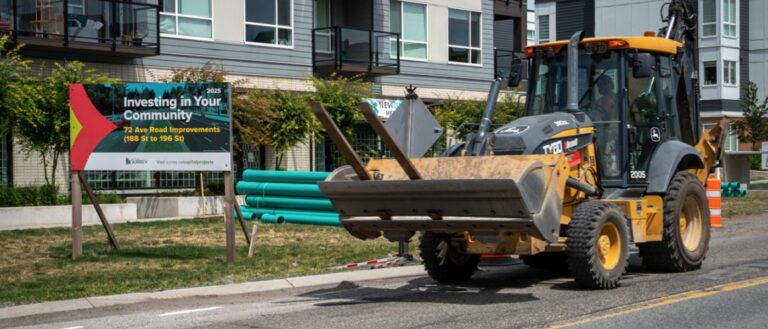Lafarge Canada and TransAlta Corporation announced they have entered into an agreement that will advance low-carbon concrete projects in Alberta.
The newest project will repurpose landfilled fly ash, a waste product from TransAlta’s Canadian coal-fired electricity operations west of Edmonton, which ended in 2021. The ash will be used to replace cement in concrete manufacturing. “Driving innovative and sustainable initiatives is a key part of our business in Alberta and across Western Canada,” said Brad Kohl, president and CEO, Lafarge Canada (West). “There is great potential in repurposing materials across the construction value chain. Transforming landfilled material, such as fly ash, into a usable product for construction, is a win-win solution for all of us.”
“Our role in this project demonstrates TransAlta’s commitment to supporting innovative solutions for our customers that reduce their environmental footprints and meet their ESG goals. Using fly ash to make concrete creates a valuable opportunity to recycle one of the largest waste streams in North America. It’s a great complement to the zero-emissions electricity we are currently providing to Lafarge from our wind platform in Alberta,” said Blain van Melle, TransAlta Corporation’s executive vice president, Alberta Business.
Landfilled fly ash must first go through a beneficiation process in order to be used in concrete. The project will utilize the Ash-TEK Ponded Ash Beneficiation System (PABS) technology, which consistently produced high quality ash during trials and proved to have a low carbon footprint and an economical operating cost. Lafarge will deploy this unique approach to the process, removing moisture from the ash, milling it, and removing excess carbon, ensuring that it meets regulatory standards and market expectations.
Geocycle, a provider of sustainable waste management services, and Lafarge’s subsidiary in Canada, will also join the initiative. The organization brings experience in managing millions of tonnes of fly ash in the U.S. “Landfilled fly ash sometimes has too much carbon, which affects how much air there is in the concrete. Once we can treat and separate that carbon, then the fly ash is ready to be used (up to 25 per cent standard replacement) in place of cement,” commented Sophie Wu, head of Geocycle, North America.
Although the role of fly ash in concrete manufacturing isn’t new, the technology for beneficiation is highly exact and specialized. “We recognize that seizing opportunities to optimize cement is a key part of our CO2 reduction strategy,” said Kohl. “Thinking outside the box is a part of how we do business.”
In November 2021, Lafarge Canada was awarded $15 million from the Government of Alberta through Emissions Reduction Alberta (ERA) to advance this project with TransAlta. “Innovation works best when we collaborate,” commented Kohl. “The support of ERA is essential to help us drive this progress. Now, we’re not just talking about it – we’re doing it right here in Alberta.”
Featured image: (Lafarge Canada/Business Wire)











